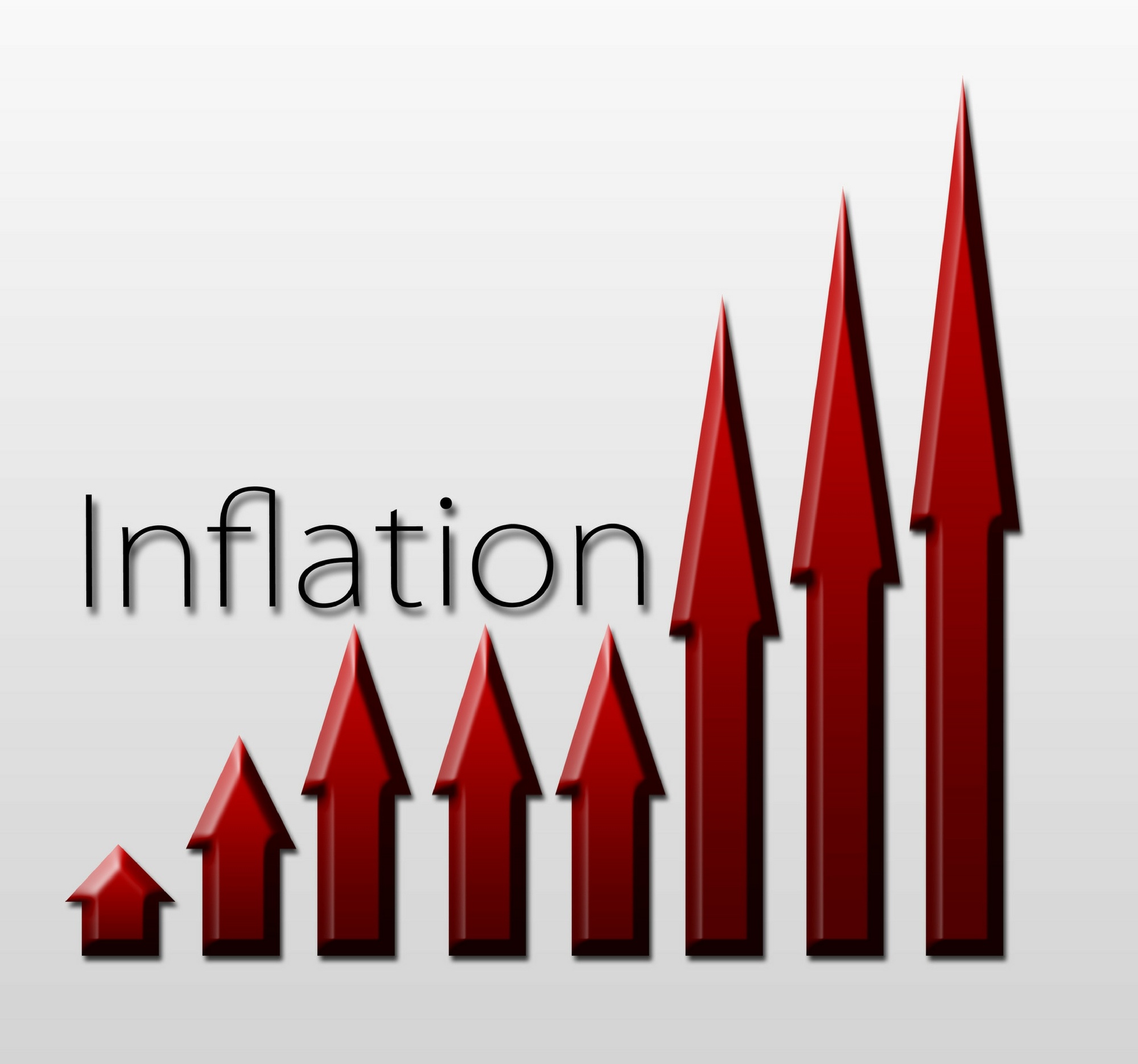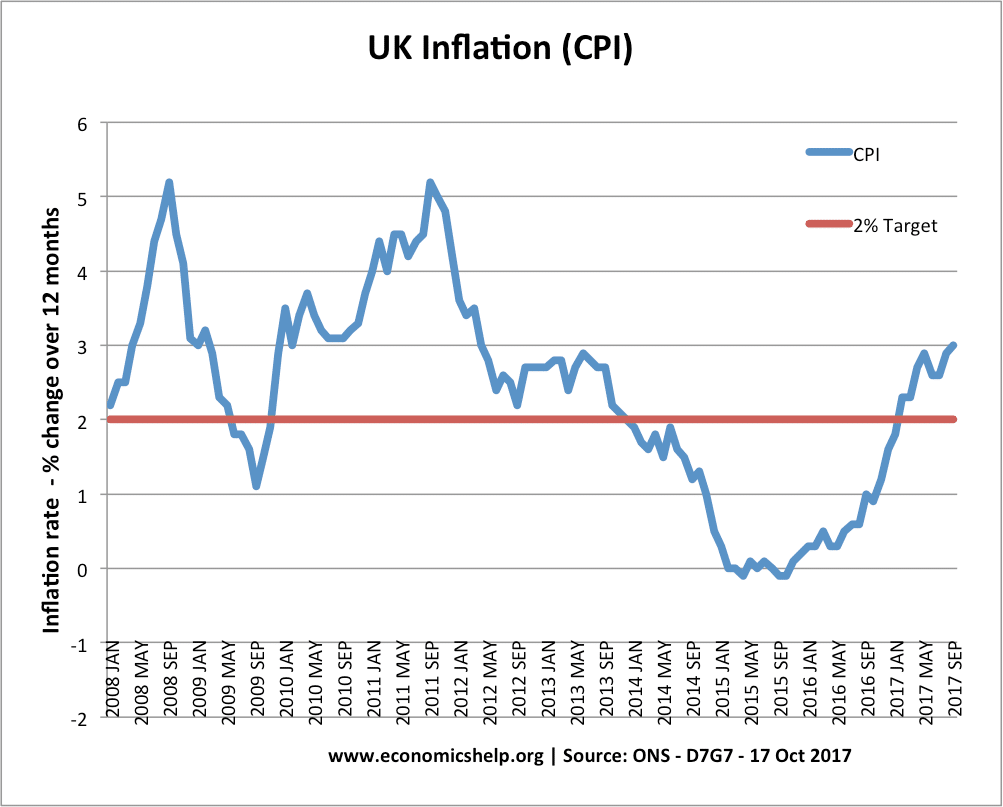
Finally, Latino (62%) and Black (57%) adults were more likely than their Asian (47%) and White (45%) counterparts to report housing costs to be a significant source of stress. Similarly, Latino adults were more likely than other racial/ethnic groups to say the economy is a significant source of stress (73% vs. Latino (75%) and Black adults (67%) noted money to be a significant stressor more frequently than White (63%) and Asian (57%) adults.

54% to 66%) are significant sources of stress. Adults ages 26 to 43 were more likely than every other age group to say both housing costs (68% vs. Younger adults ages 18 to 43 were more likely than those ages 44+ to report money as a significant source of stress (82% ages 18 to 25 and 81% ages 26 to 43 vs. adults (50%) indicated housing costs as a significant stressor, which is up from February 2021 (46%) 5. Similarly, the number of adults who noted the economy as a significant source of stress (65%) has risen significantly from the Stress in America surveys in August (59%) 3 and June (58%) 4. The broader survey fielded in February showed the proportion of adults who noted money as a source of stress (65%) was up significantly from the Stress in America surveys in June (61%) 1 and February (57%) 2 2021. Not far behind was stress related to supply chain issues (81%). The March survey found the rise in prices of everyday items due to inflation was rated as a stressor by the highest proportion of adults seen across all stressors asked about in the history of the Stress in America™ survey, with 87% having reported it as a significant source of stress. Further, economists predict a surge in energy, wheat, corn, steel, and iron prices.Īmericans are bracing for economic hardship. Soon after Russia began bombing Ukraine, world stock markets wavered. Russia’s invasion of Ukraine and the unpredictability of the extent to which the conflict may intensify is compounding existing financial stressors that were already on the rise.

Russia’s invasion of Ukraine has brought new concerns about potentially unbearable economic consequences and threats of nuclear war. Money stress registered at the highest recorded level since 2015, revealed the broader poll.Īs individuals live in this unpredictable state of prolonged hypervigilance and growing financial strain, this new geopolitical threat has emerged-one that America’s youngest generations have never experienced. In addition, the survey revealed widespread grief and sense of loss, continued hardships for vulnerable populations, concerns for children’s development among parents, and entrenched, unhealthy coping habits. Close to two-thirds of adults (63%) said their life has been forever changed by the Covid-19 pandemic, according to the new survey. These serious stressors are coming at a time when the nation is still struggling to deal with the strain of the prolonged pandemic. View a full-sized version of the image available for download. View a full-sized version of the image with a description. Top sources of stress were the rise in prices of everyday items due to inflation (e.g., gas prices, energy bills, grocery costs, etc.) (87%), followed by supply chain issues (81%) and global uncertainty (81%). These more recent findings were alarming, with more adults rating inflation and issues related to the invasion of Ukraine as stressors than any other issue asked about since the Stress in America TM survey began in 2007.

In light of recent events leading up to its release, the survey was supplemented by a late-breaking poll, fielded March 1–3. To better understand the impact of the past two years on individual stress, APA partnered with The Harris Poll to conduct a survey between February 7 and 14, 2022.


 0 kommentar(er)
0 kommentar(er)
